Hyakujû sentai Gaorenjâ Online
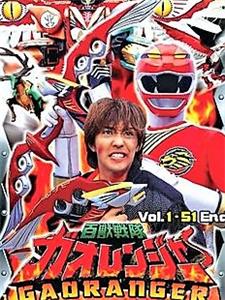
A thousand years ago, a war was commenced between humans and the demonic Ogre Tribe Org race. With the aid of the Power Animals, the ancient Gao Warriors defeated the Org's leader, Hyakkimaru, and the Orgs were sealed off from the world. One millennium later, the Org race has been revived so the Power Animals must seek out five new members to helm as the Gaorangers. With the very purpose of protecting the Earth by abandoning their current lives and pledge commitment of defeating the Org race as the new generation of Gao Warriors.
| Series cast summary: | |||
| Noboru Kaneko | - | Gao Red / - 51 episodes, 2001-2002 | |
| Kei Horie | - | Gaku Washio / - 51 episodes, 2001-2002 | |
| Takeru Shibaki | - | Gao Blue / - 51 episodes, 2001-2002 | |
| Kazuyoshi Sakai | - | Gao Black / - 51 episodes, 2001-2002 | |
| Miu Takeuchi | - | Gao White / - 51 episodes, 2001-2002 | |
| Takemi | - | Tetomu 51 episodes, 2001-2002 | |
| Hiroshi Masuoka | - | Gao God / - 51 episodes, 2001-2002 | |
| Rei Saito | - | Tsuetsue 46 episodes, 2001-2002 | |
| Kôichi Sakaguchi | - | Yabaiba 45 episodes, 2001-2002 | |
| Daiki Arioka | - | Futaro 39 episodes, 2001-2002 | |
| Tetsuji Tamayama | - | Gao Silver / - 30 episodes, 2001-2002 | |
| Tamotsu Nishiwaki | - | Ura 19 episodes, 2001-2002 | |
| Hidekatsu Shibata | - | Rasetsu 16 episodes, 2001-2002 | |
| Hiromi Nishikawa | - | Rasetsu 16 episodes, 2001-2002 | |
| Tetsu Inada | - | Shuten 15 episodes, 2001-2002 | |
| Eiji Takemoto | - | Rouki / - 13 episodes, 2001-2002 | |
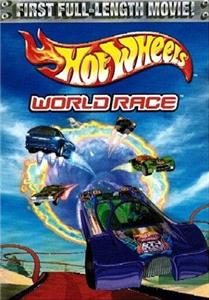

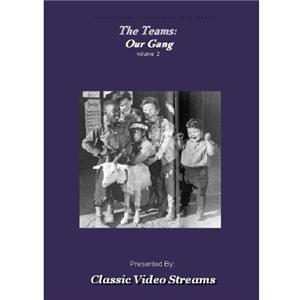
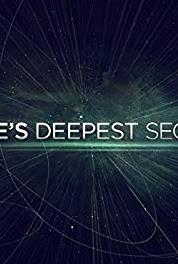

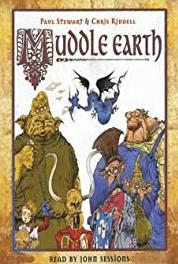
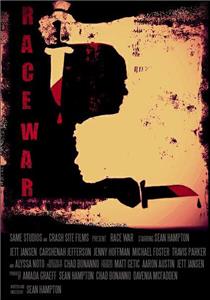
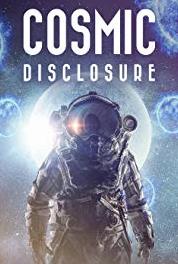


User reviews